CONSUMER PROTECTION
PRIVACY & SOCIAL MEDIA
FAMILY LAW
REAL ESTATE
Facebook Uses Dark Patterns to Manipulate Users
A recent report from the Norwegian Consumer Council entitled “Deceived by Design” describes how Facebook uses “dark patterns” to manipulate users into sharing data. The term “dark patterns” was coined by researcher Harry Brignull who describes them as “tricks used in websites and apps that make you buy or sign up for things that you didn’t mean to.”
According to the Norwegian Council, Facebook uses a number of different dark patterns to “nudge” users into choosing (or not changing) privacy-intrusive options.
- Default settings. Facebook’s default settings are not privacy friendly (shocker!). It’s widely known and accepted that most consumers don’t change default settings. Facebook’s default settings automatically opt its users into settings that encourage data sharing. Facebook doesn’t let new users change default settings while they’re in the process of opening a Facebook account. No changes are allowed until the sign-up process is complete. At that point, new users have already provided a lot of personal information to Facebook, including their gender, date of birth, email address and mobile phone number. And once the sign-up process is complete, Facebook makes changing default settings difficult. According to Consumer Reports, users are directed ” through a confusing dashboard of policies to learn how to change settings, and in some instances users need to perform a dozen or more clicks and swipes to find and adjust the appropriate settings.”
- Framing. Facebook emphasizes how users will benefit from sharing data and seeing targeted, personalized ads. But it conveniently fails to mention the privacy tradeoffs that come with more data sharing. It also discourages users from limiting data sharing by telling them they may lose certain benefits if they make privacy friendly choices. Consumer Reports has a good description of the way Facebook uses design and language to steer consumers away from settings that limit data collection: Facebook shows users who try to opt-out of facial recognition this warning : “If you keep face recognition turned off, we won’t be able to use this technology if a stranger uses your photo to impersonate you.”
- Confusing layout and design. Facebook discourages users from choosing privacy enhancing settings by making the settings hard to find. Users are forced to click on several links to change their privacy settings. This ensures that choosing privacy friendly settings requires more effort. Lorrie Faith Cranor, a professor at Carnegie Mellon University and expert on digital design, told Consumer Reports, “Facebook has a lot of privacy controls, and they’re not organized in a way that’s easy to find” Adds Pam Dixon, executive director of the World Privacy Forum: “It takes an extraordinarily diligent consumer to make informed privacy choices on Facebook.”
- Giving users the illusion of control. Researchers at Consumer Reports found that Facebook’s privacy disclosures misleadingly imply that users have more control over data collection than they actually do. In fact, users have few real choices. While Facebook’s privacy settings allow users to limit what information other users can see, they have little to no control over what data Facebook collects.
For anyone interested, darkpatterns.org has a list of the different types of dark patterns used by apps and websites to manipulate and nudge consumers.
The post Facebook Uses Dark Patterns to Manipulate Users appeared first on Law Office of Robert Scarino.


